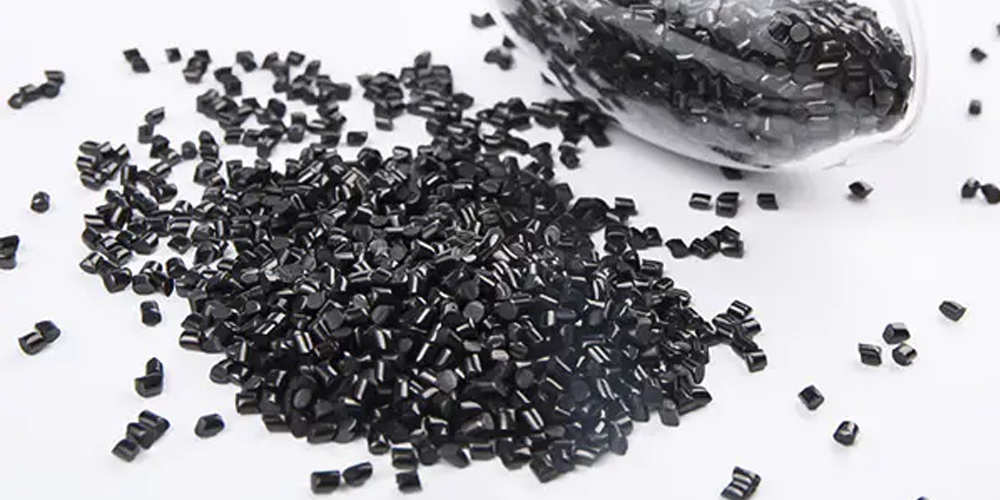
Masterbatch Manufacturing Process Explained
The production of masterbatch involves a range of techniques and processes, each carefully executed to ensure the highest quality end product. This manufacturing journey can be broken down into the following crucial stages.







